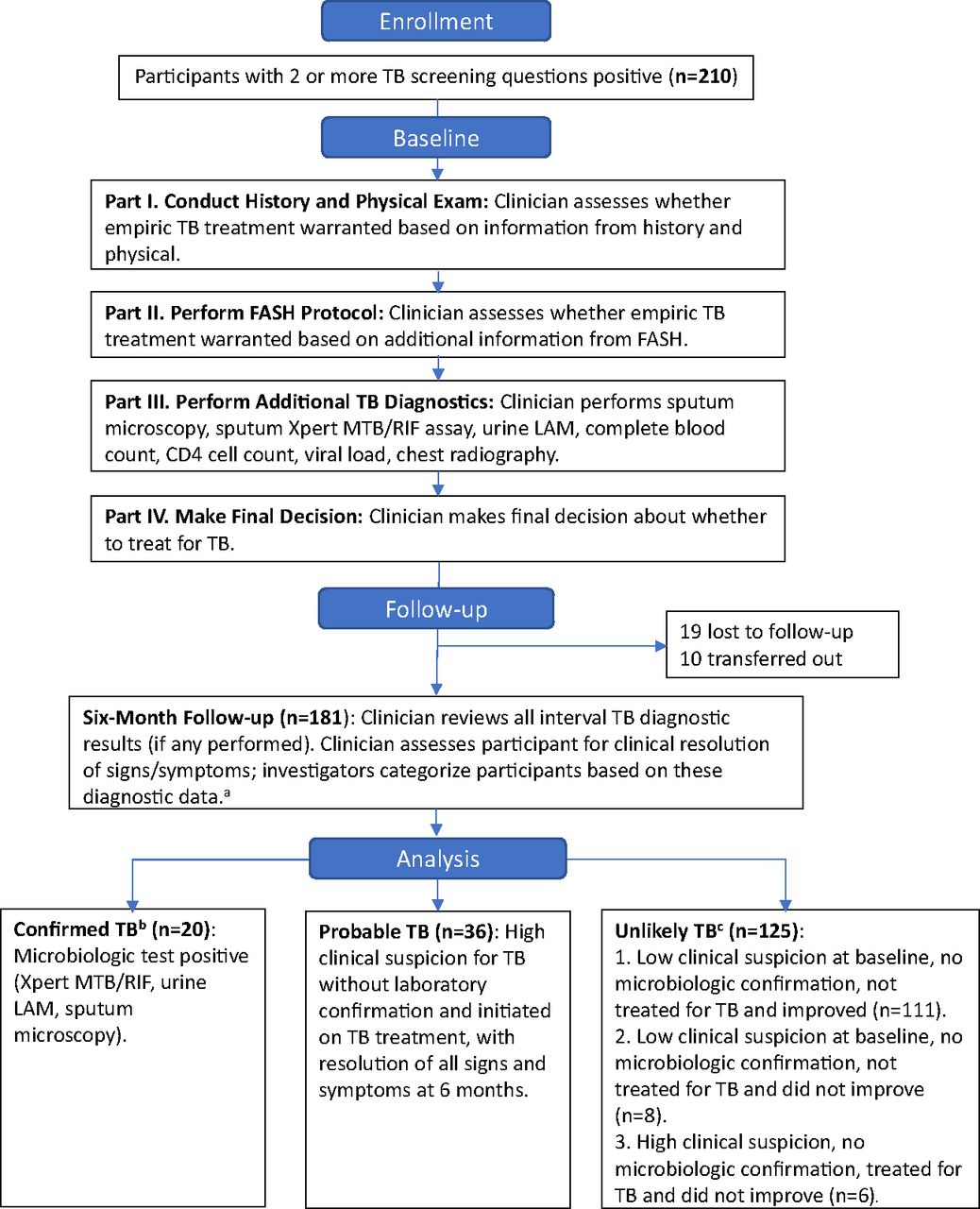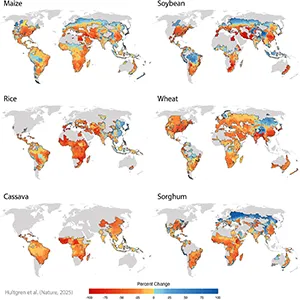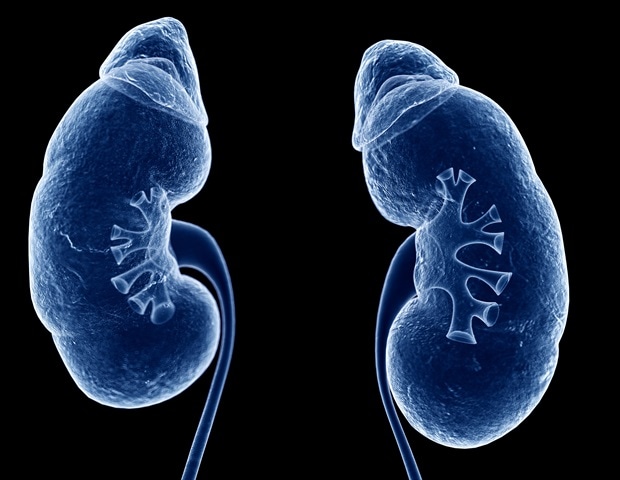Patient experiences of tuberculosis treatment deferral after a trace Xpert Ultra result: a prospective cohort study – Infectious Diseases of Poverty

Report on a Tuberculosis Diagnostic Study in Uganda and its Alignment with Sustainable Development Goals
Introduction: Advancing SDG 3 by Targeting Tuberculosis
This report details a clinical study conducted in Kampala, Uganda, between February 2021 and December 2024, focused on the evaluation and management of individuals with trace Xpert Ultra results for tuberculosis (TB). The research directly supports the achievement of Sustainable Development Goal 3 (Good Health and Well-being), particularly Target 3.3, which calls for an end to the epidemic of tuberculosis by 2030. By investigating diagnostic uncertainty, the study aims to refine clinical pathways, ensuring that all individuals receive appropriate and timely care, a cornerstone of universal health coverage.
Study Design and Methodology: Addressing SDG 10 (Reduced Inequalities)
The study was designed to provide a comprehensive understanding of trace TB results by recruiting a diverse population and employing a rigorous evaluation protocol. This approach is fundamental to SDG 10 (Reduced Inequalities), as it seeks to improve health outcomes for vulnerable populations often disproportionately affected by TB.
Population and Recruitment
Participants were identified through a dual-pronged strategy to ensure a representative sample, thereby reducing health disparities:
- Community-Based Screening: Active case-finding in high-risk areas without prior screening. This proactive outreach is crucial for reaching marginalized communities, directly contributing to SDG 1 (No Poverty) and SDG 10 by bringing diagnostics to those with limited healthcare access.
- Clinic-Based Evaluations: Symptom-driven testing within participating clinics, reflecting standard diagnostic practices.
Control groups of individuals with clearly positive or negative Xpert Ultra results were also enrolled for comparative analysis.
Eligibility and Evaluation
The study maintained clear inclusion criteria and a comprehensive evaluation process to ensure robust data collection in line with the goals of SDG 3.
- Eligibility Criteria: Participants were required to be at least 15 years old and not receiving TB treatment at the time of the initial test.
- Informed Consent: In adherence to ethical principles, the consent process for individuals with trace results explicitly stated that the result was inconclusive and that further evaluation was necessary to determine their TB status and treatment needs.
- Comprehensive Baseline Assessment: All participants underwent an extensive evaluation to ensure accurate diagnosis, including:
- Standardized interviews, medical history, and physical examinations.
- Radiographic imaging (Chest X-ray and CT scans).
- Laboratory testing, including repeat sputum Xpert Ultra, sputum culture, QuantiFERON, and tongue swab molecular testing.
- Additional tests for participants living with HIV (urine LAM and CD4 count).
Patient-Centric Survey: Enhancing Well-being under SDG 3
A key component of the study was a structured questionnaire administered at enrollment and follow-up visits. This focus on patient experience directly aligns with the “well-being” aspect of SDG 3, ensuring that diagnostic strategies are not only effective but also patient-centered.
- Psychological Impact: The survey assessed participants’ anxiety about the possibility of having or developing TB, acknowledging the mental health burden of diagnostic uncertainty.
- Treatment Preferences: It gauged whether participants would seek treatment based on an inconclusive result alone, providing insight into patient decision-making.
- Diagnostic Tradeoffs: A vignette-based exercise asked participants to choose between hypothetical tests with high sensitivity versus high specificity, empowering them by incorporating their values into the evaluation of diagnostic tools.
- Perceived Value: Follow-up questions asked participants to rate the inconvenience and value of the various diagnostic tests they underwent.
Ethical Governance and Global Partnerships: Fulfilling SDG 16 and SDG 17
The study’s operational framework exemplifies a commitment to strong institutional practices and international collaboration, which are central to multiple SDGs.
- Ethical Oversight (SDG 16): The research was approved by the Makerere University School of Public Health Research and Ethics Committee and the Johns Hopkins Medicine Institutional Review Board. This dual oversight demonstrates robust, accountable, and just institutions, a core target of SDG 16 (Peace, Justice and Strong Institutions).
- International Collaboration (SDG 17): The partnership between a Ugandan and a United States institution is a model for SDG 17 (Partnerships for the Goals). Such North-South collaborations are essential for sharing knowledge, building local research capacity, and advancing technology to achieve global health targets.
Statistical Analysis and Conclusion
Data were analyzed using R statistical software, with continuous variables reported as medians and categorical variables compared using Pearson’s chi-squared or Fisher’s exact tests. The findings from this comprehensive study are positioned to inform and improve clinical guidelines for managing TB, particularly in cases of diagnostic uncertainty. By enhancing diagnostic accuracy and incorporating patient perspectives, this research makes a significant contribution toward the global goal of ending the TB epidemic, thereby advancing SDG 3 and promoting greater health equity as envisioned in SDG 10.
SDGs Addressed in the Article
-
SDG 3: Good Health and Well-being
The article is fundamentally centered on improving public health outcomes, specifically in the context of a major communicable disease. The research conducted in Kampala, Uganda, focuses on refining the diagnostic process for tuberculosis (TB), a significant global health challenge. By investigating the clinical outcomes of patients with trace Xpert Ultra results, the study aims to enhance diagnostic accuracy, ensure appropriate treatment, and understand patient experiences. This directly contributes to the overarching goal of ensuring healthy lives and promoting well-being for all, particularly by addressing infectious diseases in a high-risk setting.
Specific SDG Targets Identified
-
Target 3.3: End the epidemics of AIDS, tuberculosis, malaria and neglected tropical diseases
The article’s entire scope is dedicated to tuberculosis, one of the diseases explicitly named in this target. The study’s objective is to improve the management of patients with indeterminate TB test results (“PWTS”). It details methods for confirming TB diagnosis through “sputum culture positive for MTB or a repeat Xpert Ultra result that was positive at a level greater than trace.” By seeking to clarify ambiguous diagnoses and ensure that patients who need treatment receive it, the research directly supports the global effort to end the TB epidemic.
-
Target 3.8: Achieve universal health coverage, including access to quality essential health-care services
The study described in the article exemplifies the provision of essential health services. Participants received a “comprehensive clinical, laboratory, and radiographic evaluation at baseline,” which included advanced diagnostics like “Xpert Ultra,” “chest x-ray (CXR) and computed tomography (CT),” “sputum culture,” and “HIV testing.” The research was conducted through both “community-based screening” and “clinic-based diagnostic evaluations,” demonstrating a strategy to extend the reach of these health services to the population, which is a core principle of achieving universal health coverage.
Indicators for Measuring Progress
-
Indicator 3.3.2: Tuberculosis incidence per 100,000 population
The article implicitly relates to this indicator by focusing on the accurate identification of tuberculosis cases. The study’s methodology, which involves “community-based screening” and “clinic-based testing” using tools like Xpert Ultra and sputum cultures, is the primary means by which new TB cases are found and counted. The research’s effort to distinguish between true TB cases, those with “low bacterial burden,” and “falsely positive” results is crucial for generating accurate data on TB incidence. An accurate count of new cases is the foundation for calculating the incidence rate.
-
Indicator 3.8.1: Coverage of essential health services
The article provides a clear, albeit localized, example of this indicator. It lists a range of essential diagnostic services provided to the study population in Uganda, including “sputum Xpert Ultra, sputum culture, tuberculosis immunoreactivity [QuantiFERON] testing, tuberculosis tongue swab molecular testing… HIV testing, and serum C-reactive protein (CRP) measurement, as well as urine lipoarabinomannan (LAM) and CD4 count measurement for participants living with HIV.” The provision of this comprehensive package of tests to individuals identified through both clinic visits and community screening serves as a direct measure of the coverage of these essential health services for the diagnosis and management of TB and co-infections.
Summary Table of SDGs, Targets, and Indicators
| SDGs | Targets | Indicators |
|---|---|---|
| SDG 3: Good Health and Well-being | Target 3.3: By 2030, end the epidemics of AIDS, tuberculosis, malaria and neglected tropical diseases… | Indicator 3.3.2: Tuberculosis incidence per 100,000 population. (The study’s focus on accurate case detection through methods like Xpert Ultra and sputum culture is fundamental to measuring incidence). |
| SDG 3: Good Health and Well-being | Target 3.8: Achieve universal health coverage… access to quality essential health-care services… | Indicator 3.8.1: Coverage of essential health services. (The article details the provision of a comprehensive suite of diagnostic tests like Xpert Ultra, CXR, CT, and sputum cultures to the study population). |
Source: idpjournal.biomedcentral.com

What is Your Reaction?
 Like
0
Like
0
 Dislike
0
Dislike
0
 Love
0
Love
0
 Funny
0
Funny
0
 Angry
0
Angry
0
 Sad
0
Sad
0
 Wow
0
Wow
0





































![Lancaster homeowner’s energy-efficient renovation sparks clash over historic preservation [Lancaster Watchdog] – LancasterOnline](https://bloximages.newyork1.vip.townnews.com/lancasteronline.com/content/tncms/assets/v3/editorial/9/ed/9ed03d32-c902-44d2-a461-78ad888eec38/69050b156baeb.image.png?resize=150,75#)









































